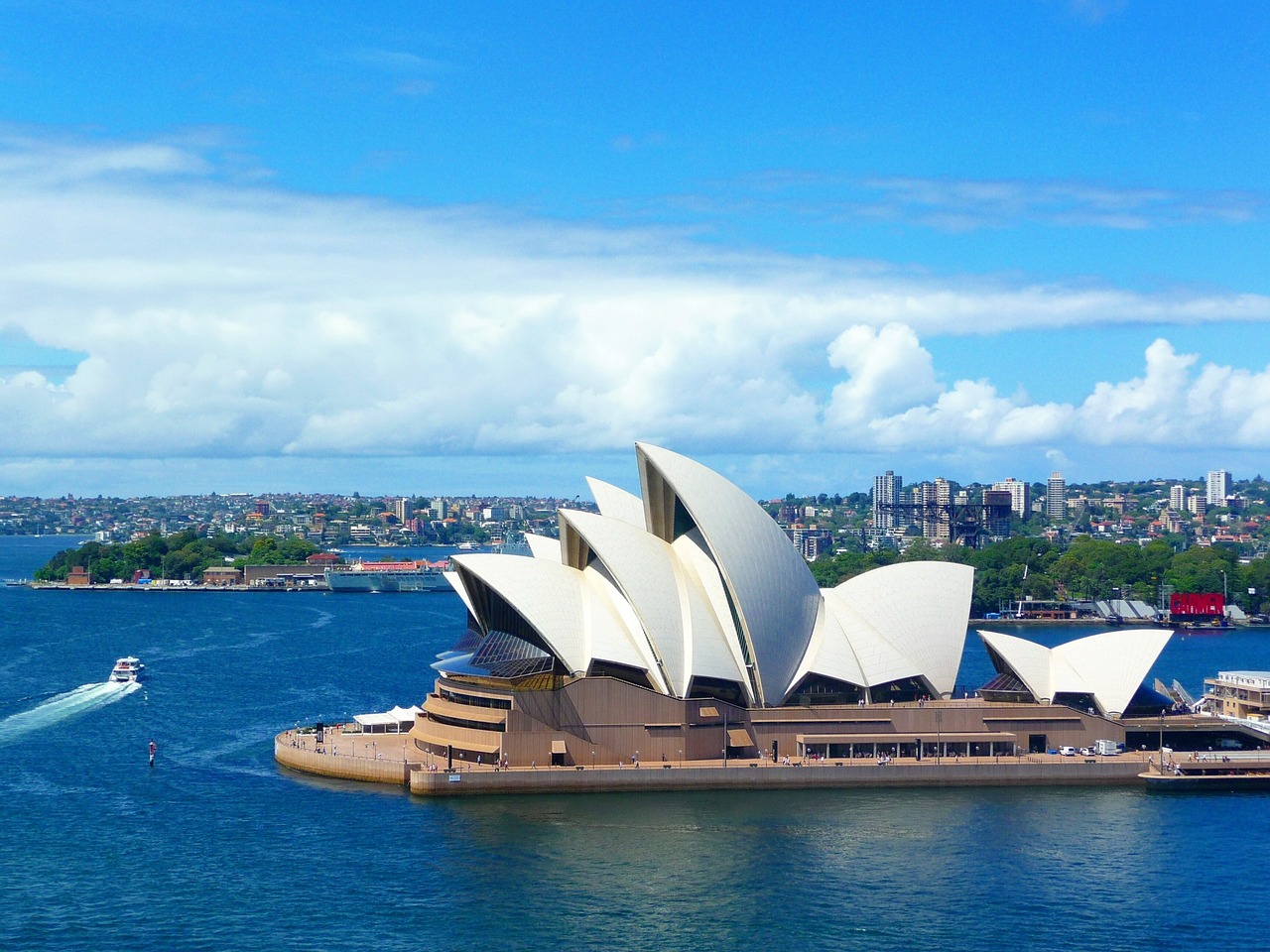Interview with Ocean Freight Manager of Savitransport HQ, Marina Mancini
Today we are talking to Mrs. Marina Mancini, Ocean Freight Manager at Savitransport HQ, about ocean freight exports to Australia.
Australia has always been a key market for us, but over the past 18 months, it has surpassed our expectations.
Obviously, the last year and a half have been a very difficult time. The pandemic triggered a series of events and set in motion mechanisms that have caused huge changes in both maritime carrier’s governance and administration of their cargo fleets as well in the operative management of ocean freight vessels throughout the world.
Important factors like the imposed halt in production and operations, which began with the Chinese factories during February 2020 have had a serious impact on ocean freight. The immediate consequence of this was a surplus of space and empty containers; space that should have been filled by goods that were not produced. This led to many maritime carriers canceling sailings, resorting to so-called “Blank Sailings”.
In direct contrast, there is an ever-growing demand for ocean freight transport, linked to the dramatic reduction in the number of operating vessels. It is also true that certain types of commodities never actually stopped being produced and shipped, sectors that saw sustained and unprecedented growth during the pandemic, with obvious examples being the pharmaceutical and para-pharmaceutical industries.
This led to a complete revaluation regarding space, the number of vessels pooled along various routings, rotations and cancellations, all of which have made the task of maritime operators increasingly complex.
Operations like searching for space and confirming a booking, which in the past would have been undertaken in roughly half an hour, are now wholly consuming tasks, taking up many working hours. This is also because the allocated space or booking may have to be revised more than once. Examples of this are when a vessel is delayed and a client will ask us for an alternative option, or perhaps the vessel missed the port of call where it was scheduled to embark, or when a vessel is no longer on time and therefore loading operations have to be postponed.
In terms of tariffs, things have unfortunately not been any better. Less available space and an increase in demand have caused freight rates to soar. For instance, between December 2020 and July 2021, direct services from Italy to Sydney and Melbourne have seen an increase of 110%. This figure is in fact quite contained when compared to the growth registered along other trade lanes, especially in imports from China.
Additionally, freight tariffs have now become variable on almost a monthly basis. Prior to the pandemic, GRI’s (General Rate Increases) for Australian trade lanes were sporadic, perhaps twice a year as per the U.S. market, whereas at the moment the maritime companies are imposing tariff increases on almost a monthly basis, something in the past only applied to Far East routings.
The uncertainty regarding the levels of ocean freight rates at the time of shipping does not allow export companies to adequately prepare any type of tangible forecast and they feel disadvantaged.
Despite these negative factors, exports from Italy to Australia have remained stable. It is reassuring to know that direct services, i.e. connections without transshipment from Italy to the main Australian ports, are mainstay routings that have never ceased operating. It should also be noted that the European Union is Australia’s second-largest trading partner, behind China, and that in 2019 the Italian – Australian trade balance was a positive €4 billion in Italy’s favor, with a growth of +2.5% when compared to 2018.
With specific reference to the exports we handle to Australia, it is our second-largest market for TEUS shipped and has been so for many years. The commodities shipped are primarily heavy industrial machinery for various sectors and foodstuffs, where olive oil and wine top the list. Italy is Australia’s 5th main supplier (and the 1st at a European level), with an estimated trade value of €584m.
Looking at our figures, Savitransport registered a +67% in 2020 and a + 126.06% for the first half of 2021. In short and despite all the difficulties faced, we are delighted with our efforts and continued progress in this trade lane.
FTA – Free Trade Agreement
In the immediate future, a pivotal point will undoubtedly be played by the definition of the FTA (Free Trade Agreement) between the EU and Australia that will hopefully promote continued development. On 18 June 2018, the European Union and Australia began negotiations aimed at reaching an ambitious, comprehensive FTA that complies with World Trade Organization (WTO) standards. The primary aim is to remove trade barriers for goods and services and create new economic opportunities for businesses; it is part of the commercial strategy called “Trade for All”, adopted by the EU in 2015. In terms of commerce, the FTA is estimated to be worth AUD$101 billion, so its impact will be a further boost in the growth of the already solid working relationship between Australia and Italy.

